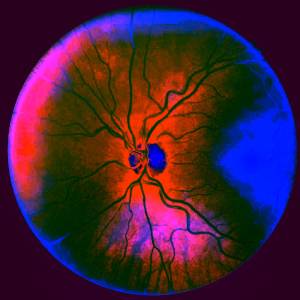The Purton Hulks
I met up with Clean Steve at Slimbridge WWT for a Blipmeet on this day. Although a weekday, it was far busier than on any previous visit as it was during the school holidays. We escaped the sound of the crowds by making for the Summer Walkway that leads to the River Severn, where there was barely a soul, and on the river one could see shelducks and an oyster catcher. I also spotted some otter footprints in the mud there. Back at the centre someone had just sighted a water vole in one of the ponds, close to where we having a picnic lunch. We were too late to see it, but were pleased to know they were there, as well as in the area you can reach by canoe safari. It was the time of year when breeding had begun and there were coots with chicks and a family of Hawaiian nene geese. The Bewick's swans had all returned to the Russian tundra, but there are a few that stay at the centre all year round.
Clean Steve is a busy man and had to leave mid-afternoon, and I decided to depart at the same time as it gave me the opportunity to go on to Purton, a couple of miles down river. I had been there before, and learned then of the boat graveyard nearby, and I wanted to see it.
Of the Purton Hulks, Wikipedia writes, "In 1909, following a collapse in the bank of the river, the canal company's chief engineer Mr A. J. Cullis called for old vessels to be run aground along the bank of the Severn, near Purton, to create a makeshift tidal erosion barrier to reinforce the narrow strip of land between the river and canal. Barges, trows and schooners were "hulked" at high tide, and have since filled with silt. More boats have been added, including the schooner "Katherine Ellen" which was impounded in 1921 for running guns to the IRA, the Kennet Canal barge "Harriett", and ferro-cement barges built in World War II. 1999 saw Paul Barnett commence a privately funded research project which saw the site's 81 vessels recorded and recognized as the largest ships' graveyard in mainland Britain. In 2010 British Waterways took control of the site in an attempt to protect it."
I spent about forty minutes rummaging about between all the hulks that are now embedded in the banks of the Severn, and could have spent double that, enjoying the textures and shapes of the boat sculptures set against the mud flats of the river at low tide.
The path rejoins the canal towpath about one mile from Sharpness. I had visited the Sharpness Docks after a previous visit to Slimbridge, and had looked down on the canal from a steel bridge, but there was no way to the towpath from there, so I decided to walk on to the spot that I could see, which I did, witnessing more hulks, swans, a great crested grebe and a cormorant floating on the canal along the way, as well as the pillars of the old Severn Railway Bridge and reading of the tragedy of its demise.
The towpath led to a gate that opened into Sharpness Marina, and so I explored that as well. It afforded views across the Severn, where I could see trains running along above the opposite bank, and on the river were a pair of little egrets, two swans and a grey heron. On the return walk along the towpath martins and swallows darted above the canal, and some boaters on a narrow-boat named Burt Lancaster introduced me to their cat, Diesel (he'd stood in such a puddle as a kitten).
I took a mass of pictures at Slimbridge, several I was quite pleased with, but I have blipped from there several times before, whereas I had never been to the Purton Hulks, and so chose a blip from there. An album of the Slimbridge shoot is linked to below.
L.
1.5.2014 (1815 hr)
Blip #1243
Consecutive Blip #105
Day #1482
Lenses: Pentax 17-70mm, Pentax 55-300mm x 1.4
A Visit To Slimbridge, 15 April 2014 (Flickr album)
Purton and Sharpness Towpath Walk, 15 April 2014 (Flickr album)
River series
Lozarhythm Of The Day:
David Ackles - Down River (1968)

Comments
Sign in or get an account to comment.


